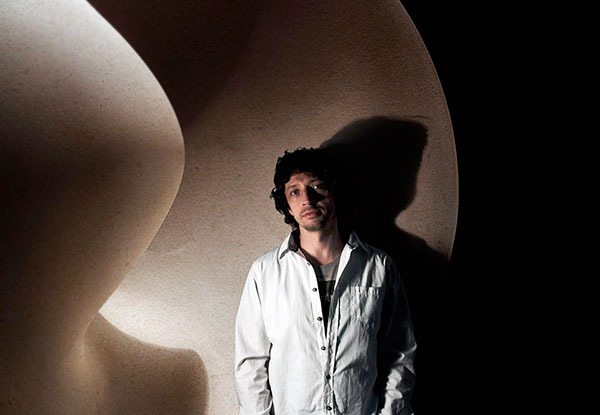Logos and form in the dialogue of spaces


Sergey Sobolev explores the boundary between artificial and natural form. Biomorphic plasticity is inherent in most of his works in a way, but in the project “Morphology” the balancing between allusions to organic form and modernist reflection becomes programmatic. Sergei Sobolev’s sculpture follows the quest of high modernism and includes American minimalism in its complex genealogy alongside the discoveries of Isamu Noguchi and Henry Moore.
Sergey Sobolev understands form as the border of different spaces (art and nature as well), combining different ways of structuring space in one thing. Material, surface, volume, representation and our perception are built into one row, enter into an equal dialogue. A thing appears as a metaphor for different meanings, in a laconic and pure form, freed from unnecessary details, from the narrative and mythology introduced into it. Revealing in the audience’s perception, his works show different aspects of sculpture as such, in fact sculpturality. Sobolev methodically explores these aspects. He dissects our perception of scale by presenting a scalable model of the sculpture – and a life-size fragment of it. He shows the conventionality of the perception of form in the relationship between sculpture and light – and saturates these relationships with complex drama. We are convinced of the original tactility of the sculpture and the autonomy of our representation of the form. Invisible, hidden from the eyes, the sculpture returns to us the space of the antique reception with its tactile vision through the tactile representation of the thing. He creates sculpture as a form of adjacent spaces – sculpture from streams of light just like from natural materials, the neighborhood of spaces, understood as a surface, is endowed with the autonomy of texture and color.
The perception of form depends as much on the context as on the position of the observer – and this is measured by the angle and the silhouette in dialogue with the shadow. Sculpture is surface and volume, and as a volume it has an inner space. You can immerse yourself in it or walk through it. This understanding of sculpture takes Sergei Sobolev’s search beyond the borders of traditional modernist understanding of form, to the field of contemporary art problematics. Sergei Sobolev is an intuitive artist, and his intellectual demands on form are also largely intuitive. One of his most productive intuitions lies in the field of classifications.For Sobolev, morphology is the discipline of intuitive typology, which internally correlates with the ordering of things, that is, with a kind of philosophical system. The relations of forms reflect the interactions of universal notions. He speaks of the child’s perception, and in this indication we should see the primordial wholeness to which the sculptor’s perception is drawn, which seeks to present a coherent logic of visual conditionality that governs the world. The world of forms. Cluttered by objects and names, the world around is thus perceived liberated from its transparent signs and reveals its crystal metaphysical underside. We begin to see in this laconic sculpture its liberating meditative potential. Physical time becomes a derivative of our perception or, returning to objects, a function of form.
– Alexander Evangeli (curator, art critic, contemporary art theorist)
